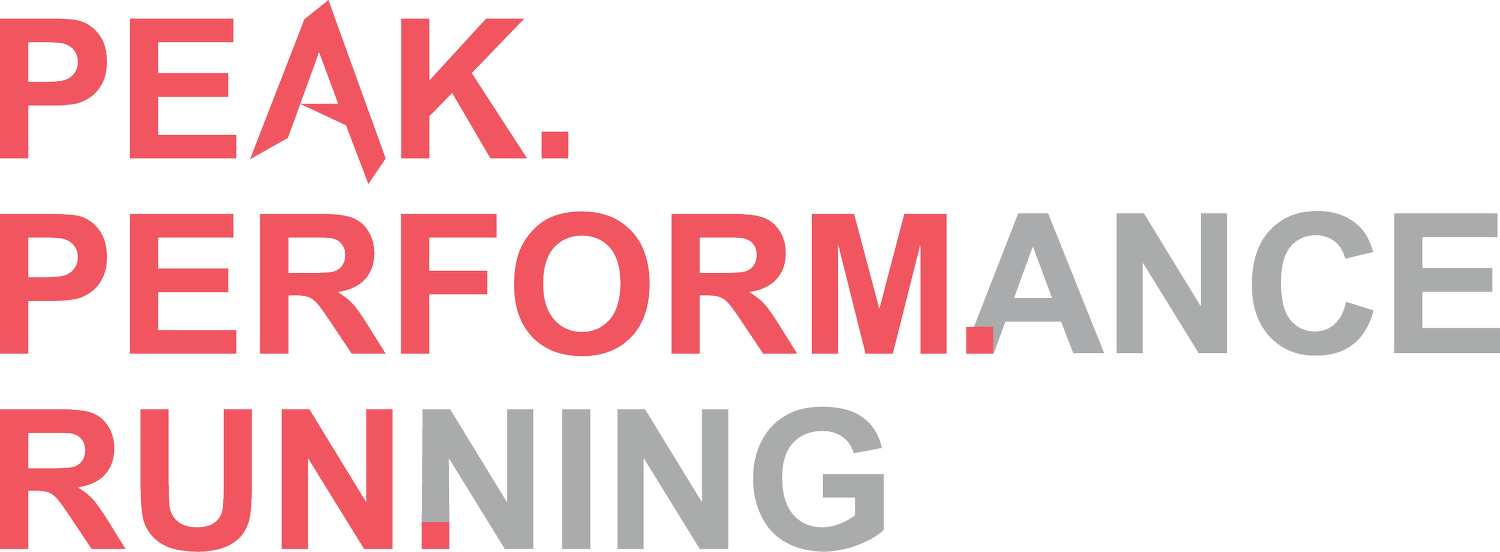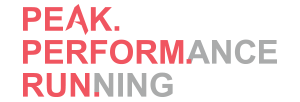S2|E5 - Bouncing Back from Injury
Injuries Suck
Injuries are multifaceted and complicated. The healing process is not as straight forward as a papercut - some injuries you can’t see but feel, some injuries are as obvious as a cast or a boot. Once the cast or boot is gone, you’ve simply started step 1 - returning to movement and even once you get back to running your regular mileage, it’s difficult to fully relax and enjoy the process of training because you’re left with feeling where you’re waiting for the original injury or another injury to crop up. This causes hesitation and causes athletes to “guard” an injured area which can lead to it’s own set of problems.
The communication system between athletes, therapist, and coach is anything but simple and straight forward.
A personal challenge & communication break down
This year, I challenged myself to stretch myself and grow my coaching knowledge. I applied for a mentorship with Altis which has been an integral part in the lives of 120 Olympians who have earned 50+ Olympic medals. A key element of this mentorship was a group project where we focused on athletes returning from injury.
We defined that there is a massive breakdown in the line of communication between the Athlete → Therapist → Coach. This often leaves the athlete with the responsibility to define what they can and cannot do on a daily basis and communicate that to their coaches. In large organizations, it can be a difficult position to be in due to time constraints. Furthermore, kids are still learning how to communicate and self-advocate and often “don’t say anything” because they don’t want to appear weak, broken, or let down their friends and teammates. This problem only furthers the pain of an injury because of the social isolation and lost competition opportunities.
The breakdown in the Coach, therapist, and athlete paradigm leaves the athlete losing the most in the healing process. Most therapists release an athlete from their care following a “return to play” protocol. This is a specific set of movements or landmarks therapists want to see an athlete complete before they graduate from therapy. As a coach, that idea of return to play is poorly named - when an athlete leaves therapy they are very far from racing and resuming a high level of training. My group created and designed new process for athletes and coaches to follow as athletes move from therapy to the field of competition.
Phase 1: Return to Play, now defined as - “return to practice”
Phase 2: Return to Performance - the most important phase - building the athlete's back
Phase 3: Return to Competition - athlete returns to previous level of training AND performance
These 3 phases are complicated to understand and work through, especially as a teenage athlete. So instead of simply identifying a problem - we created a tool that helps create a better line of communication between therapist, athlete, and coach. I am attaching 3 documents for parents and athletes to use to help communicate injuries, progress, limitation and exercsies to all involved parties.



